Second opinion
Everyone seems to be sticking with their New Year health resolutions this year - and it's almost the end of May, says Jonathan Pritchard
Every New Year&'s Day, it&'s the same. We wake up with festive hangovers and vow to join a gym, eat better and be healthier. Come Valentine&'s Day, our resolutions have disappeared out of the gym and into the deep fat fryer.
But something different seems to be happening this year. We&'re suddenly sticking with the health kick. The resultant focus on the content and the integrity of what we&'re eating is changing shopping decisions. Some companies (and the investors who own shares in them) are making hay.
So why 2006? There are a number of factors. Every time we flick through the TV channels, we&'re bound to stumble across some variation of &'You Are What You Eat&', &'Look 10 Years Younger&' or &'Turn Back Your Body Clock&'. Clever-looking, slim, attractive TV doctors are telling us we&'re overweight and don&'t look so good. Maybe Marjorie Dawes and her Fatfighters in Little Britain have pricked our consciences too! It&'s decidedly uncool to be unhealthy these days. Where food is concerned, it&'s hip to be square.
And the grocers are assisting us too. Whichever form of colour coding it may be, packaging is becoming clearer. The results have been startling. From a background in which 18 of the 24 fastest growing food categories are &'healthy living&' related, the Sunday Times recently reported that sales of &'unhealthy&' foods have fallen by up to 40% since supermarkets started revealing fat, salt and sugar content on labels. Maybe the food scares have also helped. I doubt most people know the difference between Sudan 1 and bird flu, but spending a bit more to keep the kids in shape is a trade many parents are happily making.
It&'s May and the health charge is still on. A straw poll around the office shows that all of this year&'s gym joiners still have their memberships and most still use their personal trainers. There are more joggers on Tower Bridge than tourists. McDonald&'s sells salad. We don&'t see the trend changing: healthy living and healthy eating aren&'t fads.
So who&'s benefiting most from this flight to quality? It&'s no coincidence that in like-for-like sales terms, Waitrose, M&S and Sainsbury are top of the pops right now. These were the companies advertising on food content and quality in January, when Tesco and Asda were slugging it out on price.
In a world where fitness is the new fatness, investors would do well to take note.
Everyone seems to be sticking with their New Year health resolutions this year - and it's almost the end of May, says Jonathan Pritchard
Every New Year&'s Day, it&'s the same. We wake up with festive hangovers and vow to join a gym, eat better and be healthier. Come Valentine&'s Day, our resolutions have disappeared out of the gym and into the deep fat fryer.
But something different seems to be happening this year. We&'re suddenly sticking with the health kick. The resultant focus on the content and the integrity of what we&'re eating is changing shopping decisions. Some companies (and the investors who own shares in them) are making hay.
So why 2006? There are a number of factors. Every time we flick through the TV channels, we&'re bound to stumble across some variation of &'You Are What You Eat&', &'Look 10 Years Younger&' or &'Turn Back Your Body Clock&'. Clever-looking, slim, attractive TV doctors are telling us we&'re overweight and don&'t look so good. Maybe Marjorie Dawes and her Fatfighters in Little Britain have pricked our consciences too! It&'s decidedly uncool to be unhealthy these days. Where food is concerned, it&'s hip to be square.
And the grocers are assisting us too. Whichever form of colour coding it may be, packaging is becoming clearer. The results have been startling. From a background in which 18 of the 24 fastest growing food categories are &'healthy living&' related, the Sunday Times recently reported that sales of &'unhealthy&' foods have fallen by up to 40% since supermarkets started revealing fat, salt and sugar content on labels. Maybe the food scares have also helped. I doubt most people know the difference between Sudan 1 and bird flu, but spending a bit more to keep the kids in shape is a trade many parents are happily making.
It&'s May and the health charge is still on. A straw poll around the office shows that all of this year&'s gym joiners still have their memberships and most still use their personal trainers. There are more joggers on Tower Bridge than tourists. McDonald&'s sells salad. We don&'t see the trend changing: healthy living and healthy eating aren&'t fads.
So who&'s benefiting most from this flight to quality? It&'s no coincidence that in like-for-like sales terms, Waitrose, M&S and Sainsbury are top of the pops right now. These were the companies advertising on food content and quality in January, when Tesco and Asda were slugging it out on price.
In a world where fitness is the new fatness, investors would do well to take note.



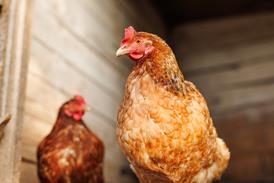



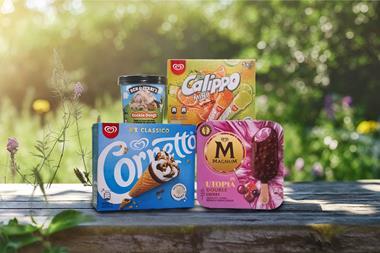
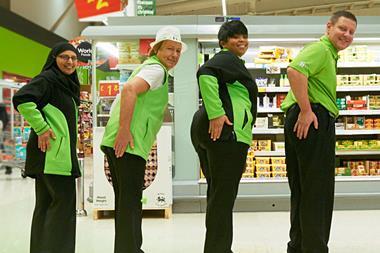


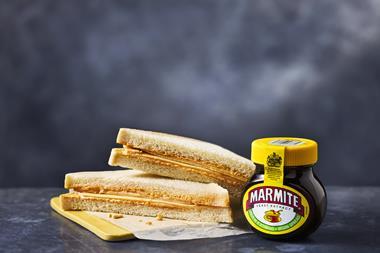
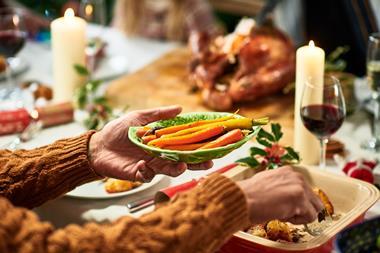
No comments yet